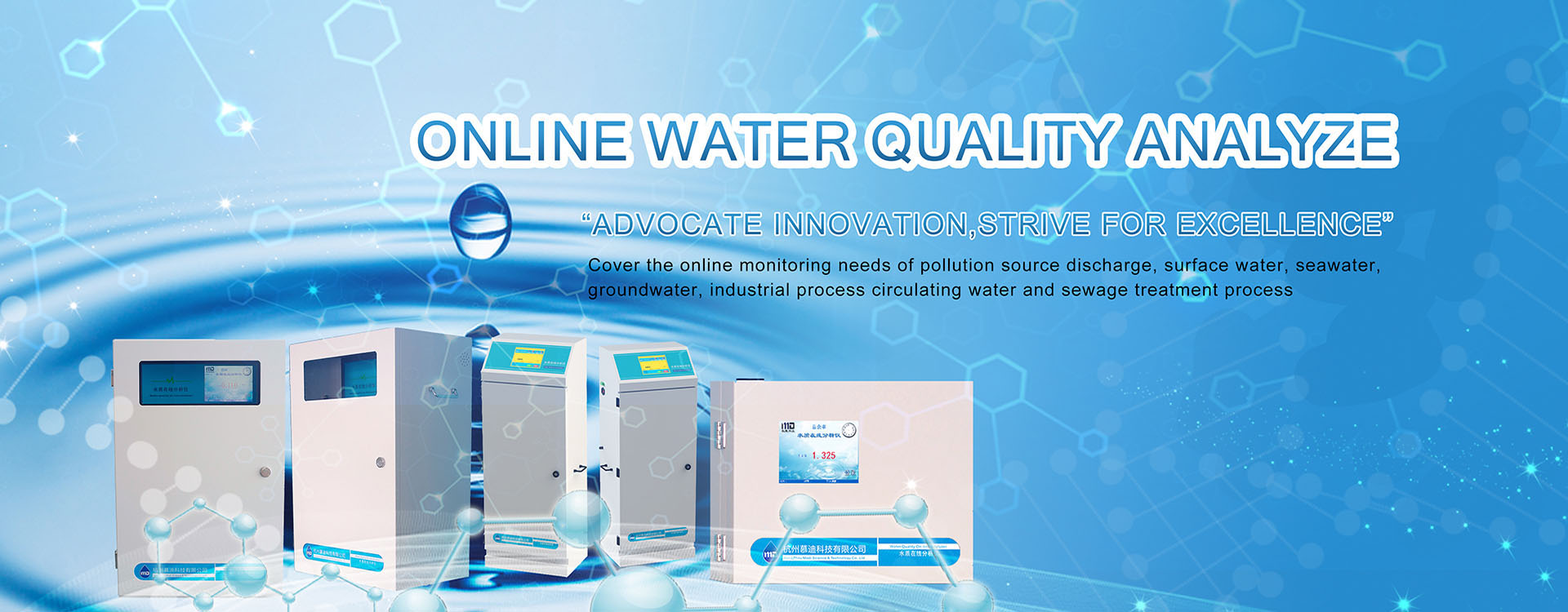Total residual chlorine refers to the residual chlorine content remaining after chlorine-based oxidants are added to water and come into contact for a period of time during water disinfection, after being consumed by various substances in the water. It includes free ionic residual chlorine and combined residual chlorine. So in which water bodies is it necessary to test the total residual chlorine content? Let’s have a brief understanding below!
When it comes to total residual chlorine, it is actually needed in many places! Because it is a common disinfectant ingredient. Among the items for online monitoring of medical wastewater, total residual chlorine is included. Because medical wastewater contains a large number of pathogenic bacteria, it must be disinfected before being discharged. The disinfectants used contain chlorine. The presence of residual chlorine in the water environment is mainly introduced by chlorination treatment. Residual chlorine treatment is a water treatment technology that uses the strong oxidation effect of chlorine to kill bacteria, algae and other microorganisms in water. Among them, the residual chlorine is directly proportional to the bacterial content in the water (simply put, the amount of disinfectant needed to eliminate the number of bacteria). If there are fewer bacteria in the wastewater, the relative residual chlorine content will be higher. If the total residual chlorine exceeds the relevant standards, it will cause harm to the human body. Therefore, it is necessary to analyze and determine the content of total residual chlorine in water.
So, how can we monitor the total residual chlorine content in wastewater to determine if it is qualified?
This requires the use of water quality monitoring instruments. Among them, to determine the total residual chlorine content in medical wastewater, the RCl900 total residual chlorine online analyzer can be used. After the water sample and the anti-interference agent are automatically injected into the reactor, this instrument will automatically add the characteristic chromogenic agent to carry out the color reaction, and measure the absorbance of the reaction. Then, the total residual chlorine content in the wastewater can be directly monitored through the absorbance value. So as to determine whether it exceeds the standard!




